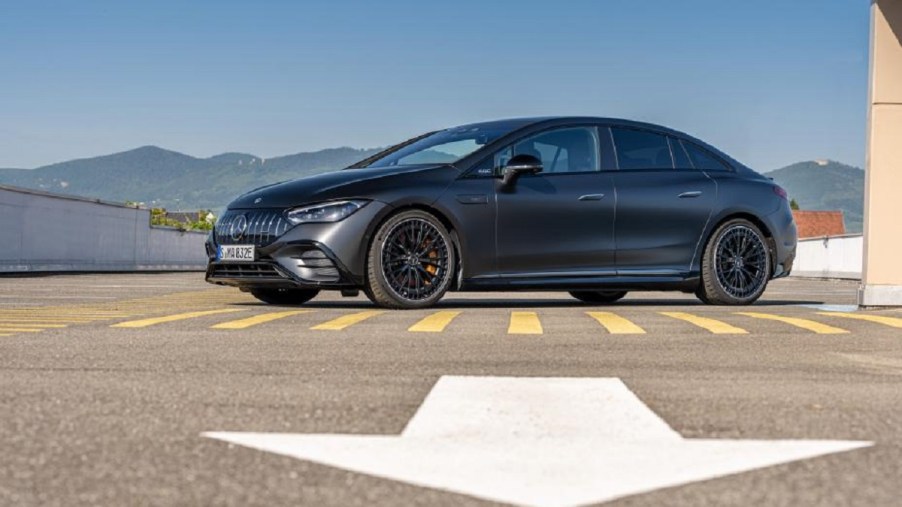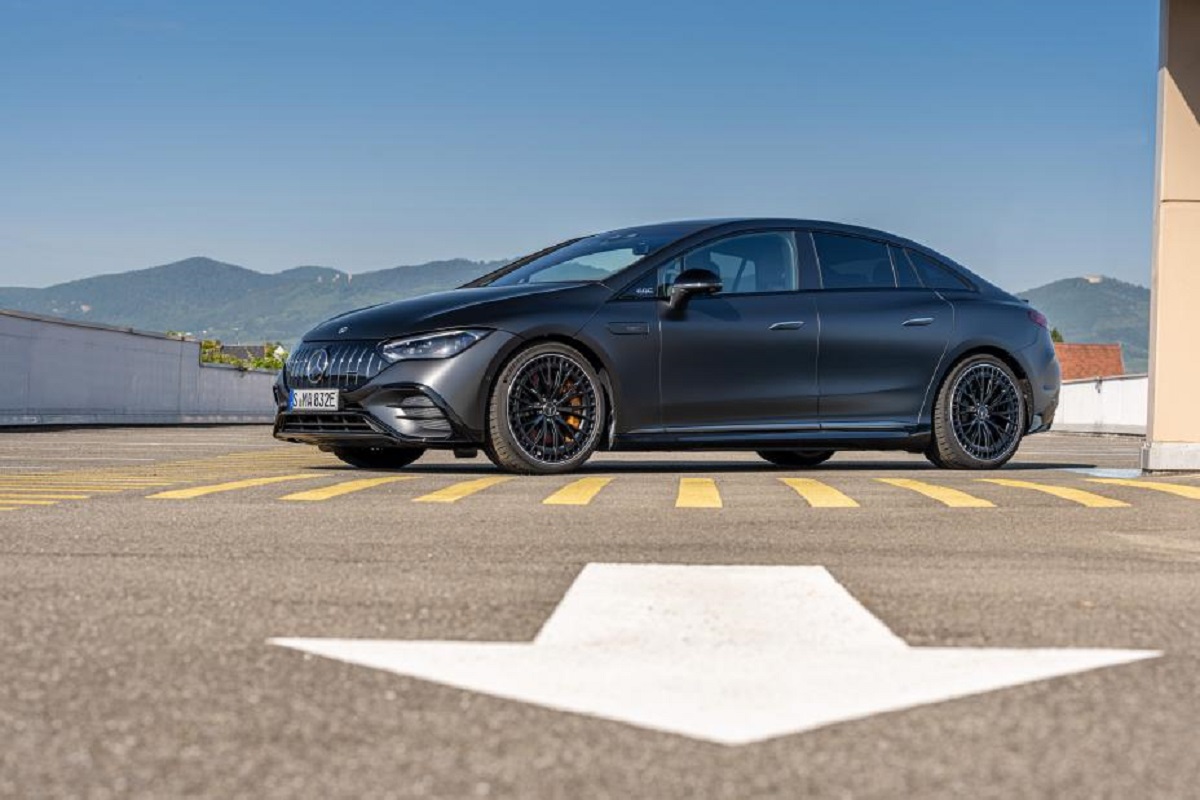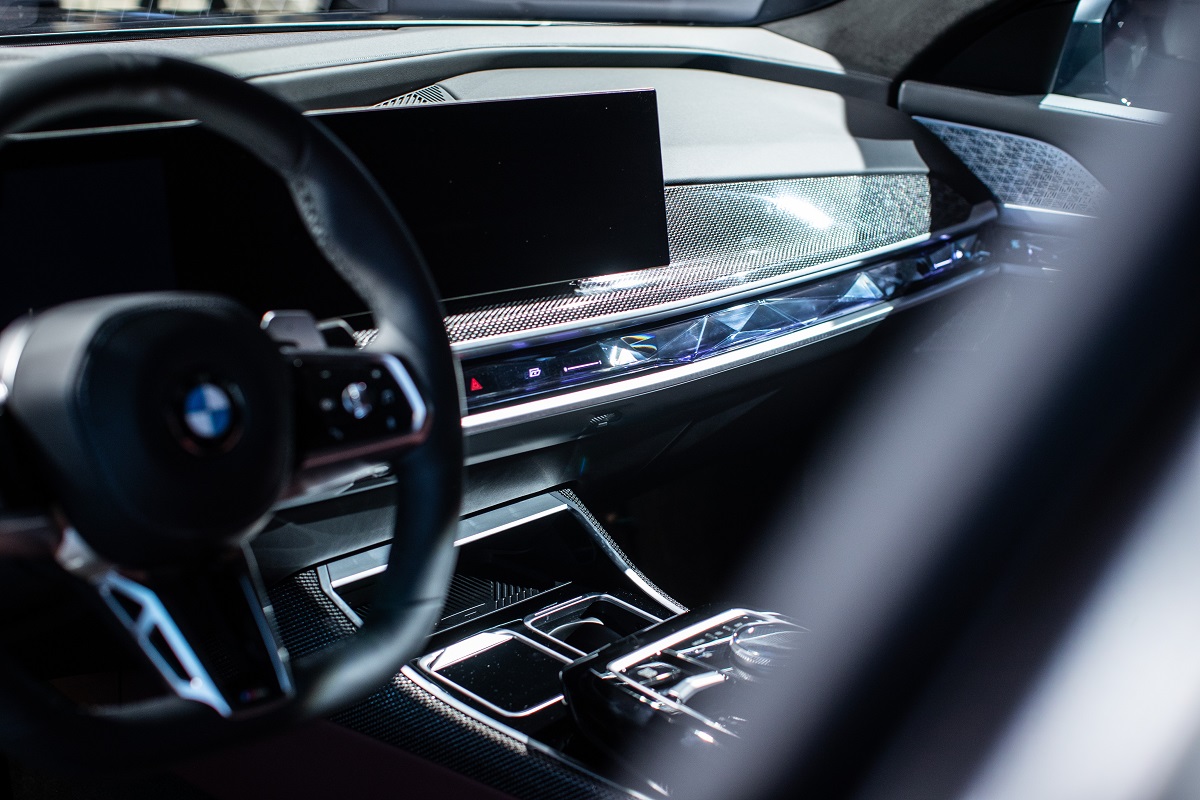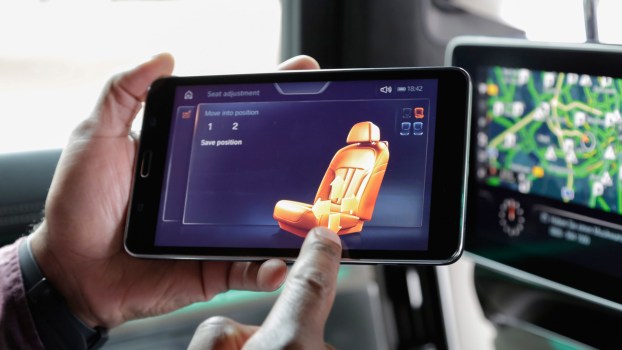
Subscribe for Premium Performance: Mercedes EV Enhancement Subscription Shows a Bleak Automotive Future
Electric vehicles and in-car connectivity are generally seen as positives, but these days it seems that corporate greed knows no bounds. The Mercedes EV subscription model is just the latest example, as improving performance requires a monthly payment. Unfortunately, this is a trend that seems likely to continue as cars become more connected.

Mercedes subscription service offers two levels of performance
There are two different Mercedes performance subscription options available, depending on the specific EV powertrain. Basic models like the Mercedes EQE EV charge a $60 per month subscription for 60 horsepower. That takes the base EV powertrain from 288 horsepower to 348 ponies. Meanwhile, models like the EQS charge $90 for an additional 80 horsepower from its electric powertrain. That means the 355-horsepower EQS can now deliver 435 total horsepower, improving acceleration to 60 mph by up to one second.
One-time payment options are available
If, instead of paying per month, you’d rather pay a one-time fee, that is an option. Avoid the Mercedes EV performance subscription and instead pay $1,950 for the extra 60 horsepower. And in the 355-horsepower models, the extra 80 ponies will cost $2,950. That’s more akin to the type of tuning users are familiar with in gas-powered cars.
Benefits of the subscription model
As much as the idea of subscribing to add performance feels like a cash grab, there are some benefits for those who choose to partake. For one, the update is available over the air, which means no visits to a service center. In addition, it has no effect on the vehicle warranty, unlike aftermarket upgrades to gas-powered vehicles. That makes the Mercedes EV subscription package compelling for those who just want to test it out.
Mercedes is not the first automaker with a subscription

Unfortunately, Mercedes isn’t the first brand to dabble with the concept of a subscription model for its cars. However, it is the first automaker to do so with outright performance.
Tesla offered a paid upgrade to extend the range of its vehicles via a software update. And in many markets, BMW owners have to pay to access their heated seats, despite the equipment coming installed in the cars from the factory.
The latter faced massive pushback from American consumers, and therefore never made it into the U.S. cars. But that doesn’t mean that, as car subscriptions become more prevalent, they won’t try it again.
Automakers view subscriptions as profit generators
While most software updates to our other tech devices are free, automakers are viewing these available services as profit centers. It’s akin to Apple charging its users for software that extends the battery life or improves screen resolution. But somehow, carmakers are rolling out these subscriptions with little noise from the general public.
According to a CNN report, GM CEO Mary Barra estimates up to $25 billion in annual revenue from subscription add-ons. Meanwhile, Mercedes execs expressed a more conservative $1 billion estimate for its EV subscription model.
While the car industry is ultimately a business, forcing people to pay for something that their vehicles are already capable of seems like a cheap move. And while we’ve gotten used to the idea of paid in-car navigation, other options like remote start and enhanced performance feel like cheap ways to make a buck from drivers that have already spent thousands on their cars.
Unfortunately, it seems like car subscriptions are here to stay, and they’re only getting worse.




